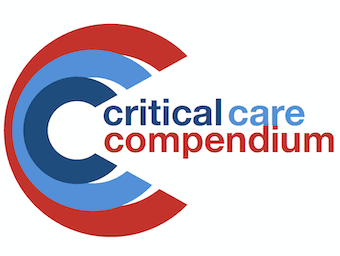
Infective Endocarditis
infective endocarditis is a disease characterised by inflammation of the endocardium, typically affecting the heart valves and usually caused by infection and can be acute, subacute or chronic
The LITFL Critical Care Compendium is a comprehensive collection of pages concisely covering the core topics and controversies of critical care.

infective endocarditis is a disease characterised by inflammation of the endocardium, typically affecting the heart valves and usually caused by infection and can be acute, subacute or chronic

Hepatopulmonary Syndrome = hepatic dysfunction + intrapulmonary vasodilation -> gas exchange abnormalities; imbalance between intrapulmonary vasoconstriction and vasodilation at the pre- and post-capillary level

Chronic Liver Disease

OVERVIEW basic template for answering on ‘critically evaluate’ questions in the FCICM exam often this is critically evaluate the role of a therapy in a specific condition or patient group TEMPLATE Rationale – e.g. why was this question important to…

OVERVIEW A “wet circuit” is a breathing circuit with active humidification, as opposed to a “dry circuit” that uses a Heat and Moisture Exchanger (HME) USES DESCRIPTION METHOD OF INSERTION AND/OR USE Pitfalls COMPLICATIONS PROS AND CONS Advantages Disadvantages References…

Transcranial Doppler (TCD) is a non-invasive technique for monitoring blood flow velocity (FV) in the basal cerebral arteries using Doppler ultrasound

Injuries in Multi-Trauma Hot Case

Hot Case General Approach

GENERAL APPROACH Infectious community acquired nosocomial (surgical site, lines, chest, urine, sinusitis) ‘hidden’ sepsis (endocarditis, neuraxial infection, retroperitoneum, sinusitis) Non-infectious head injury VTE drug/toxin SIRS (post surgery, trauma, burns, ICH, aspiration, pancreatitis, CTD) Hypermetabolic syndromes (e.g. thyroid storm, NMS, MH, heat stroke, pheochromocytoma) INTRODUCTION…

Blood transfusion complications may be early or late

Anemia and blood transfusion is common in the critically ill, and are associated with costs and morbidity/ mortality

Tumour Lysis Syndrome: oncological emergency due to turnover of high cell mass malignancies resulting in severe metabolic derangement